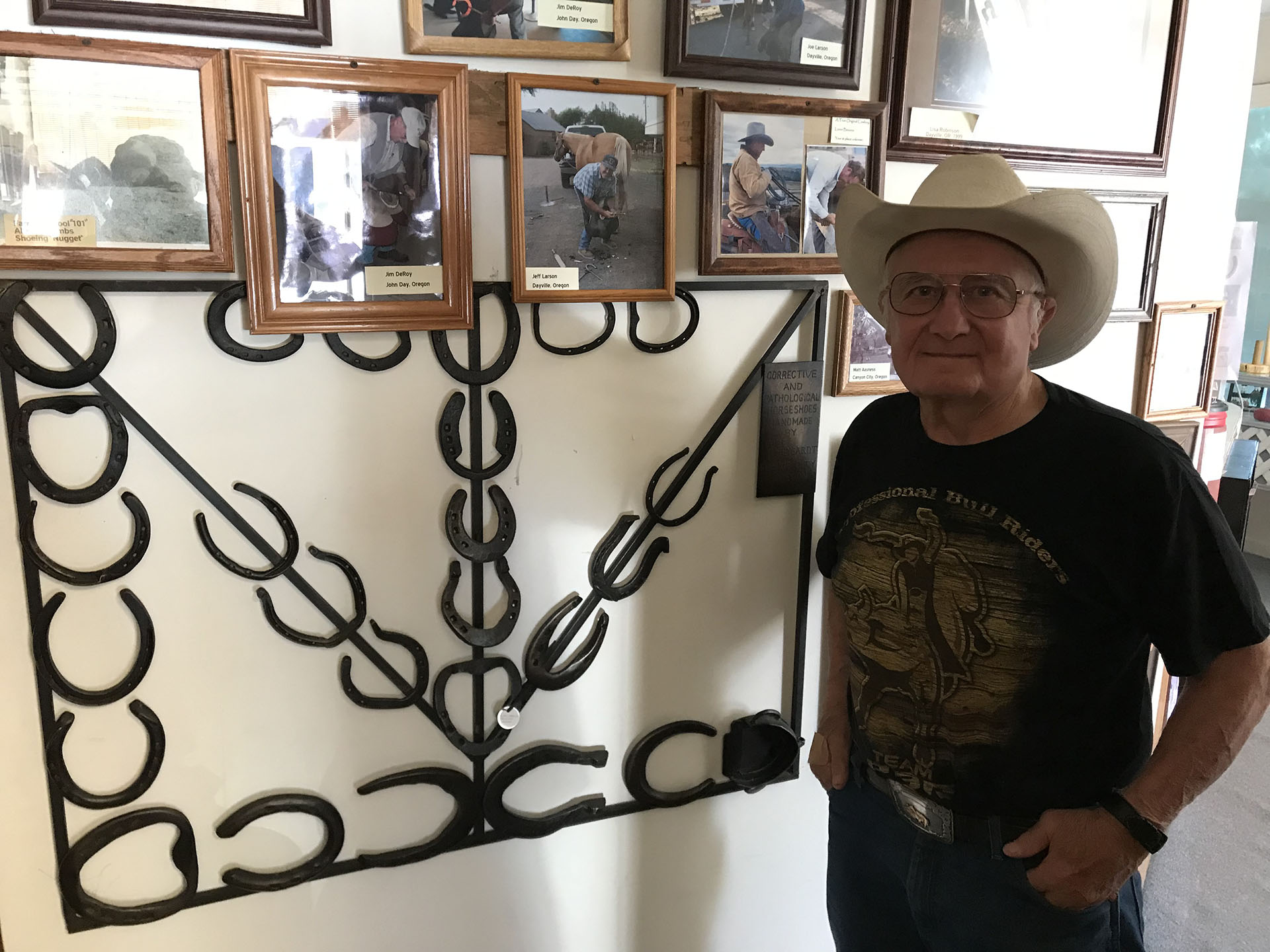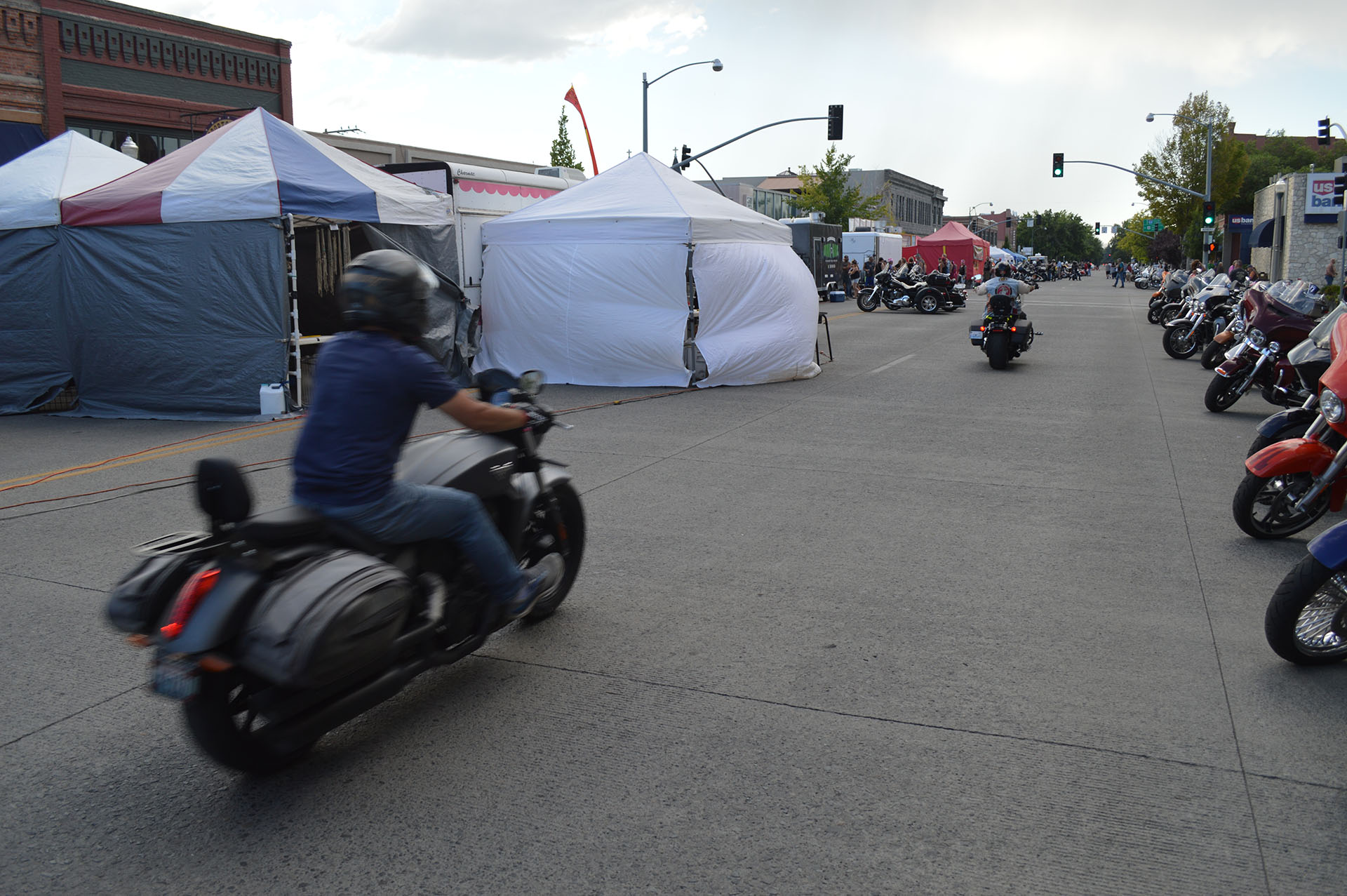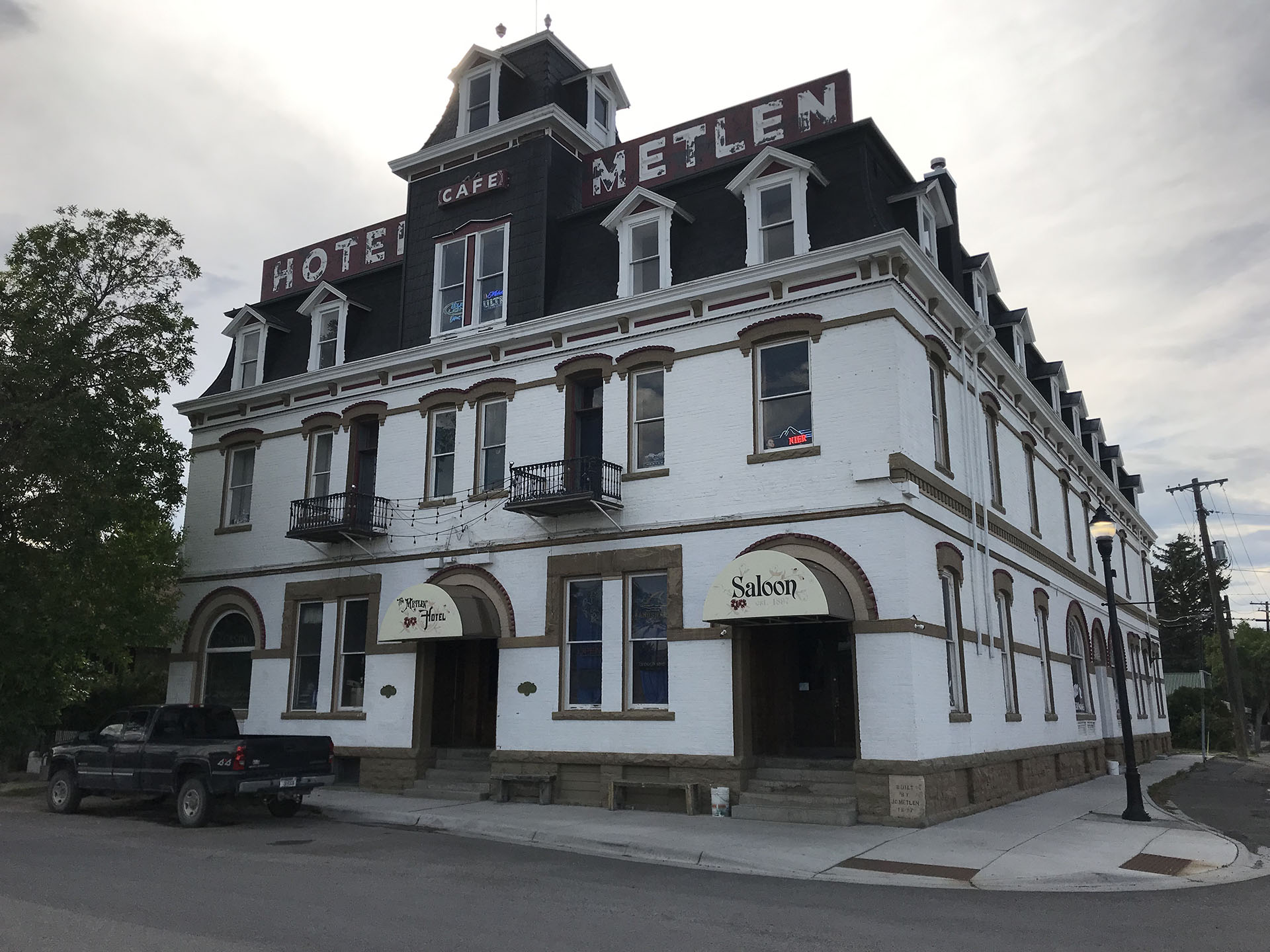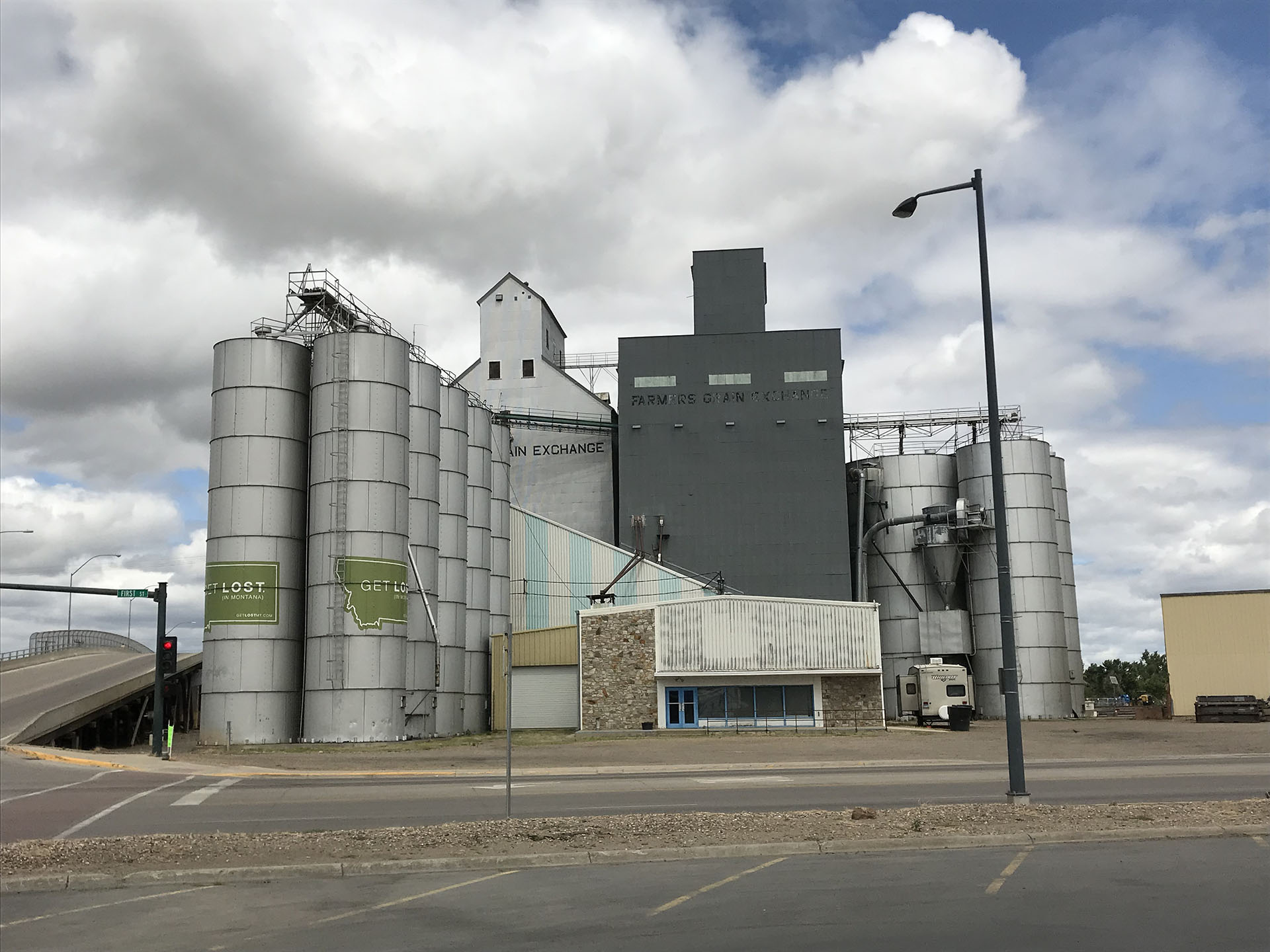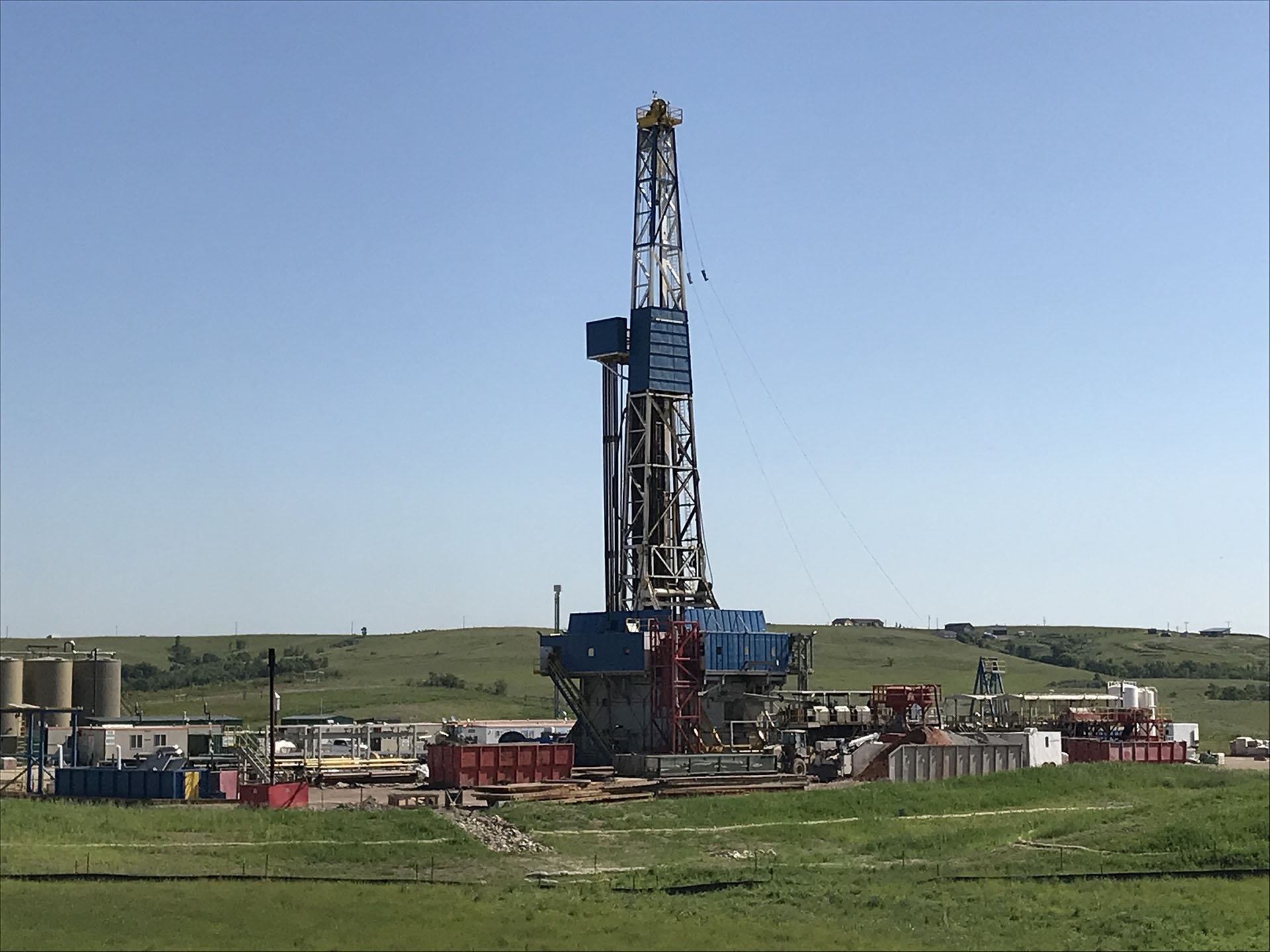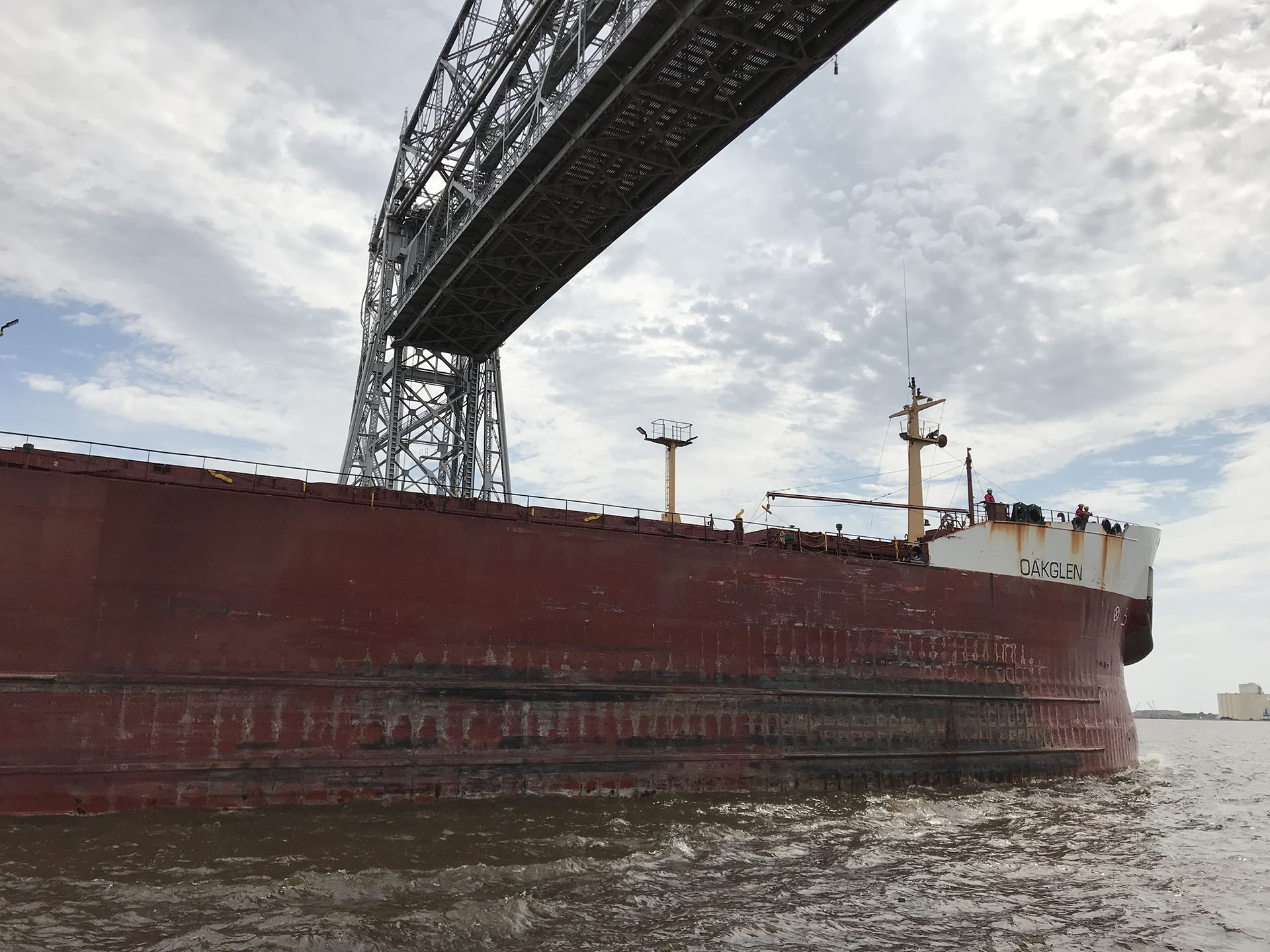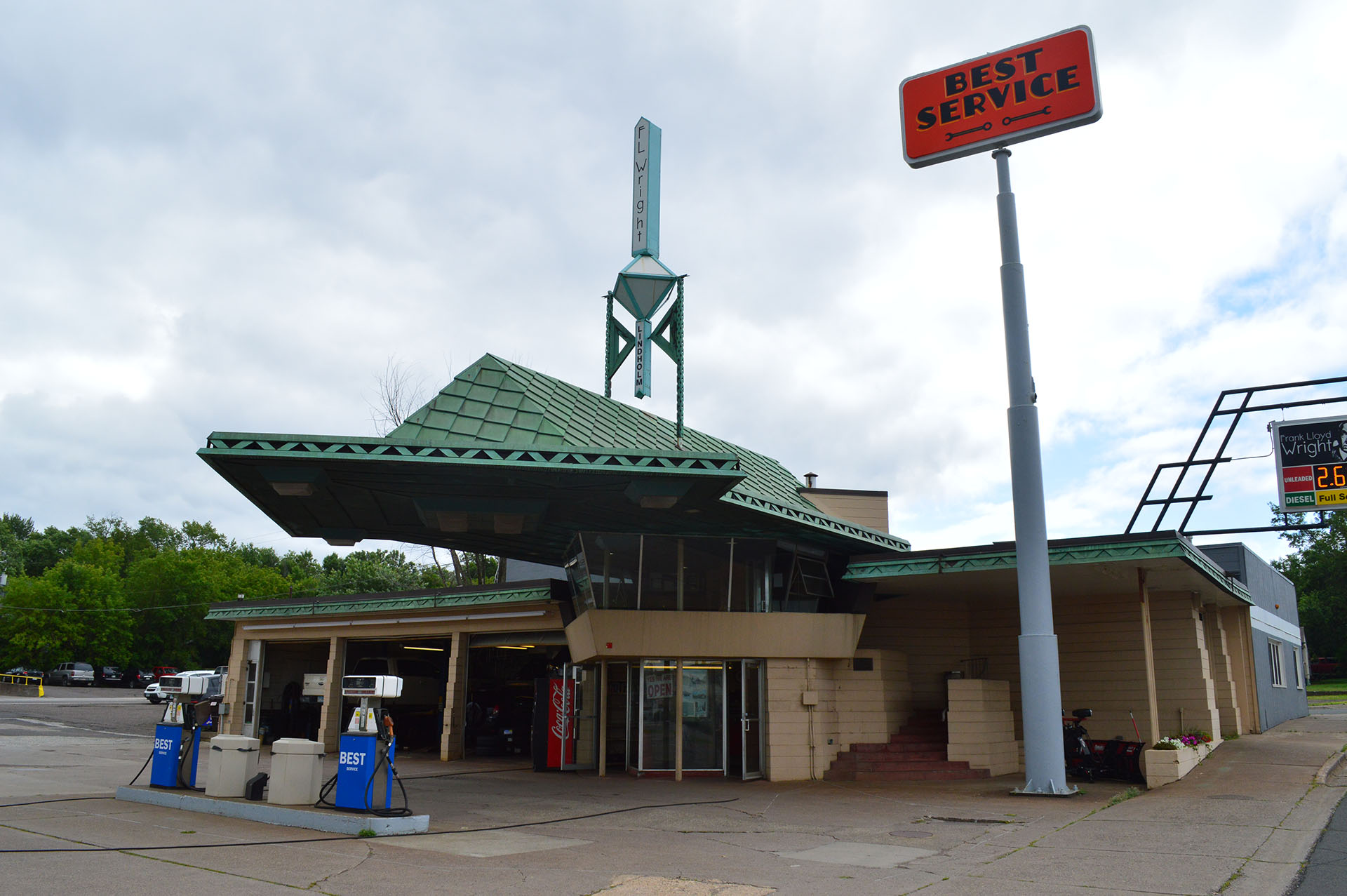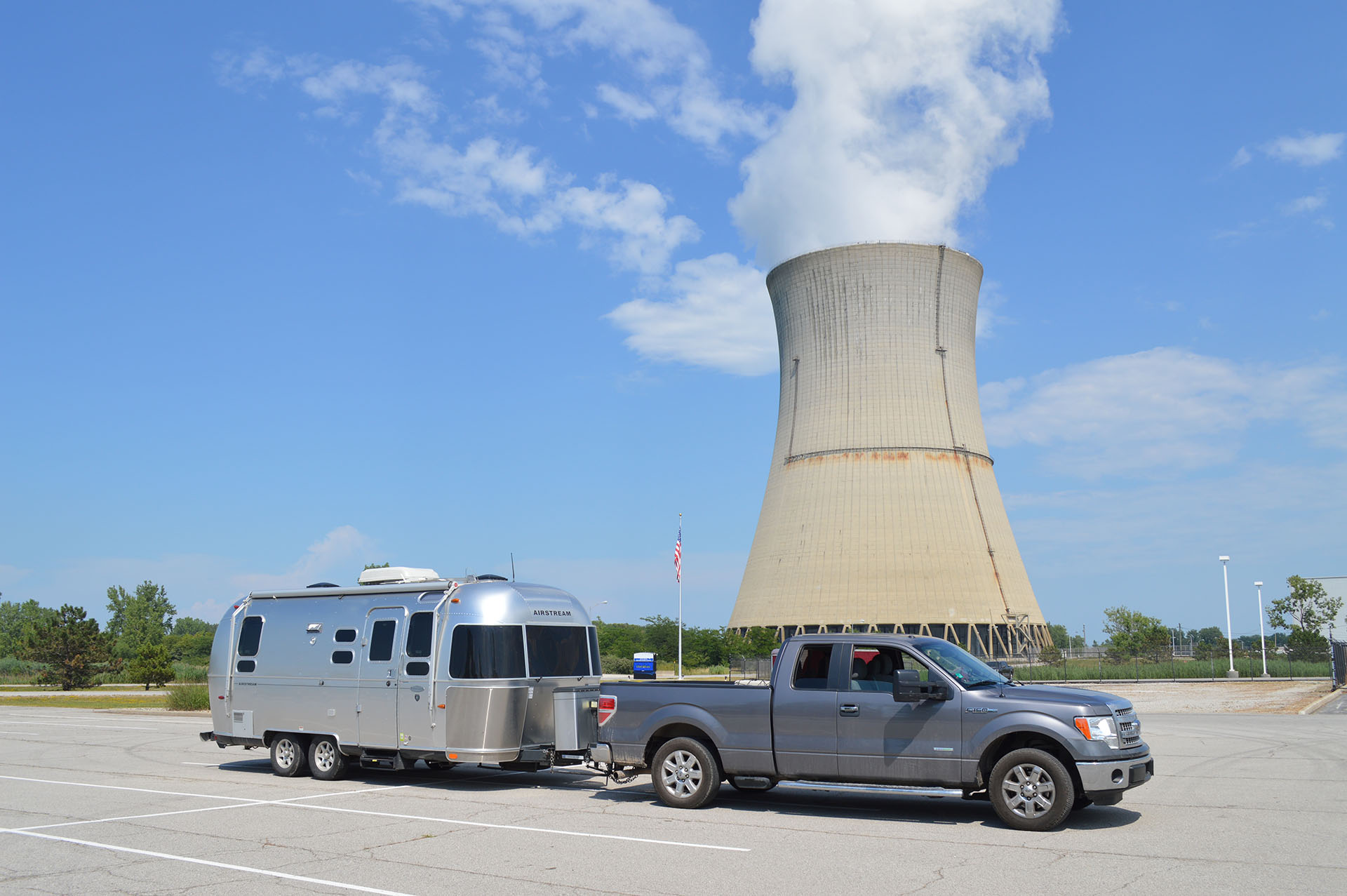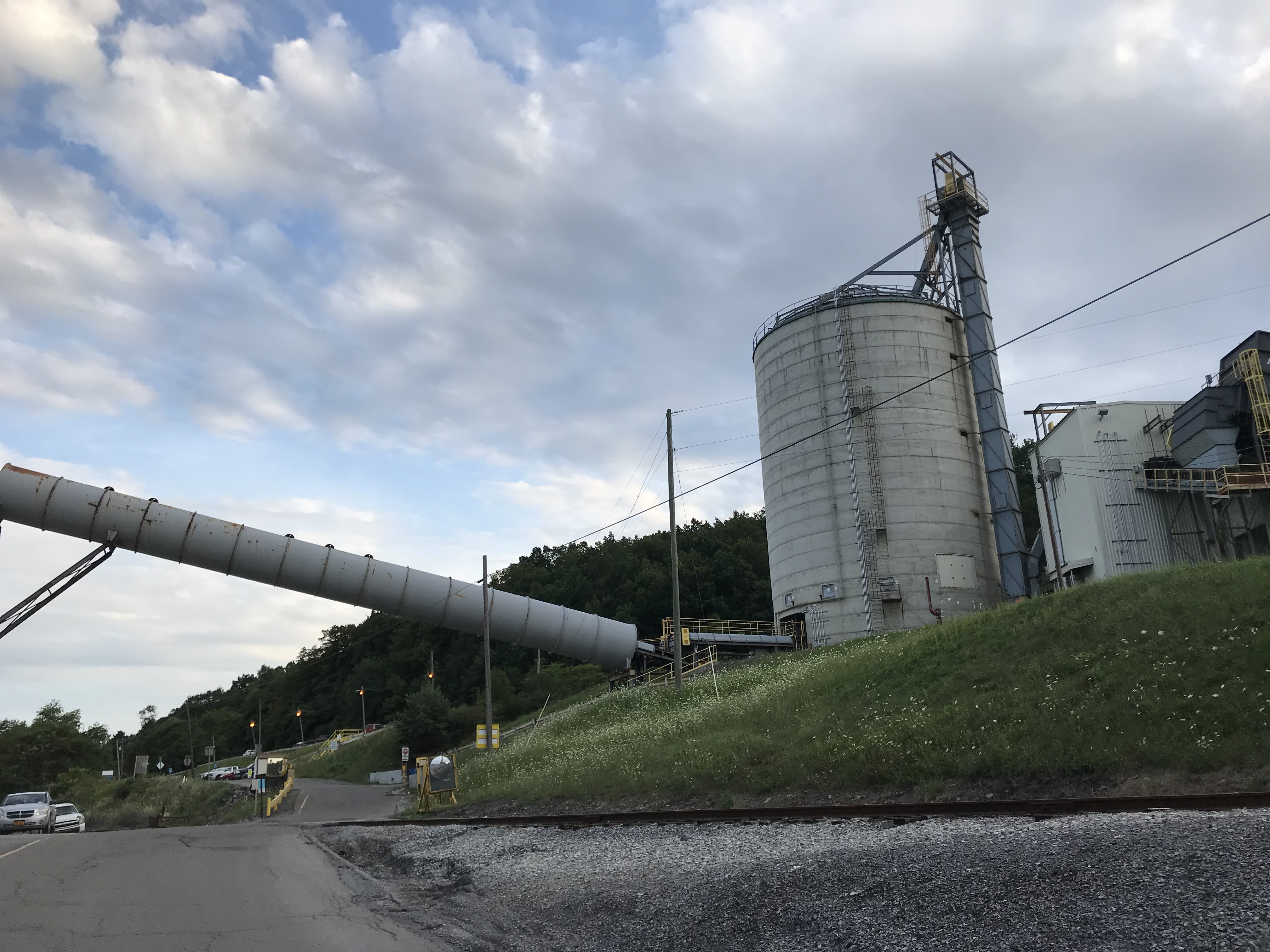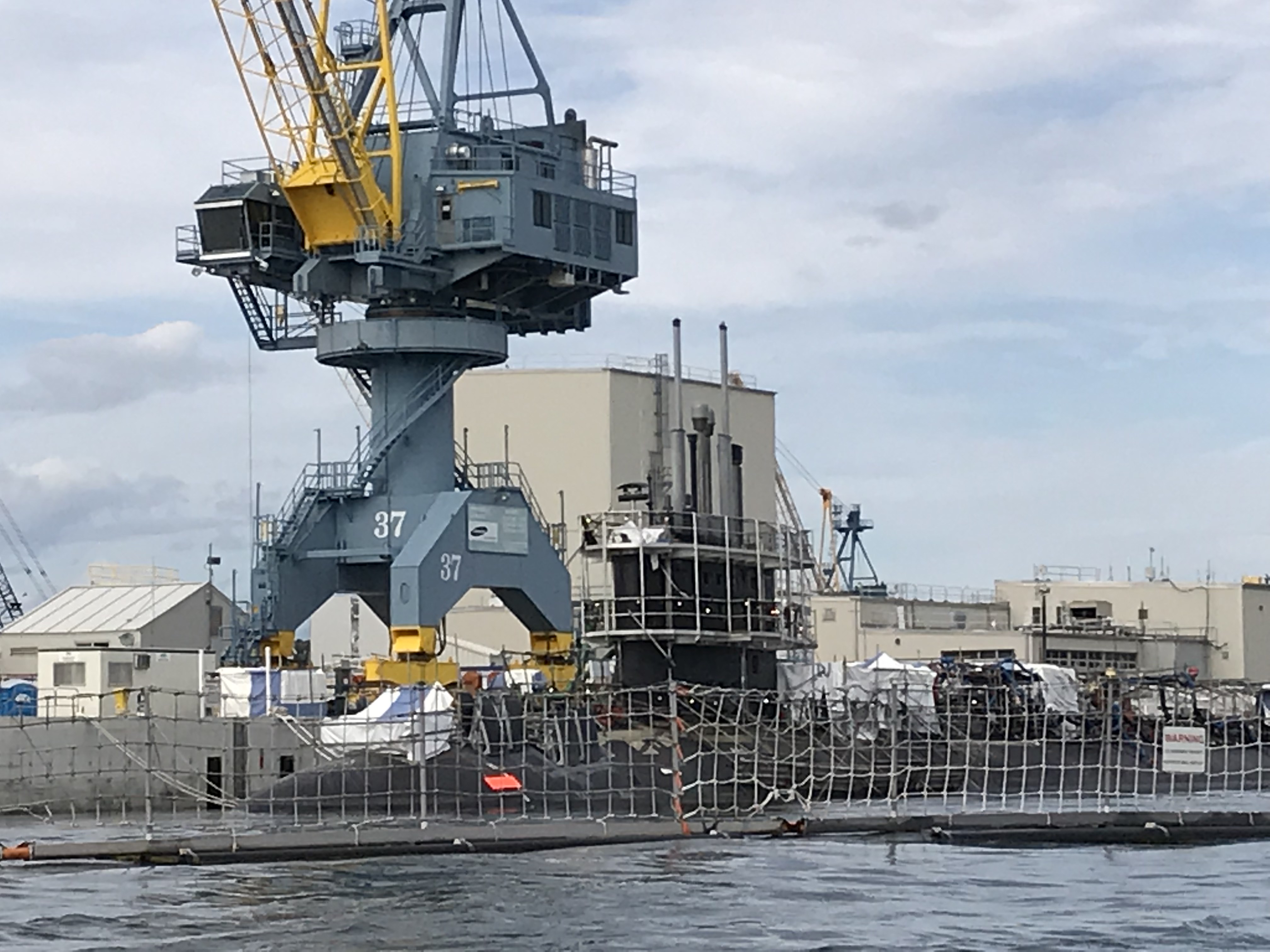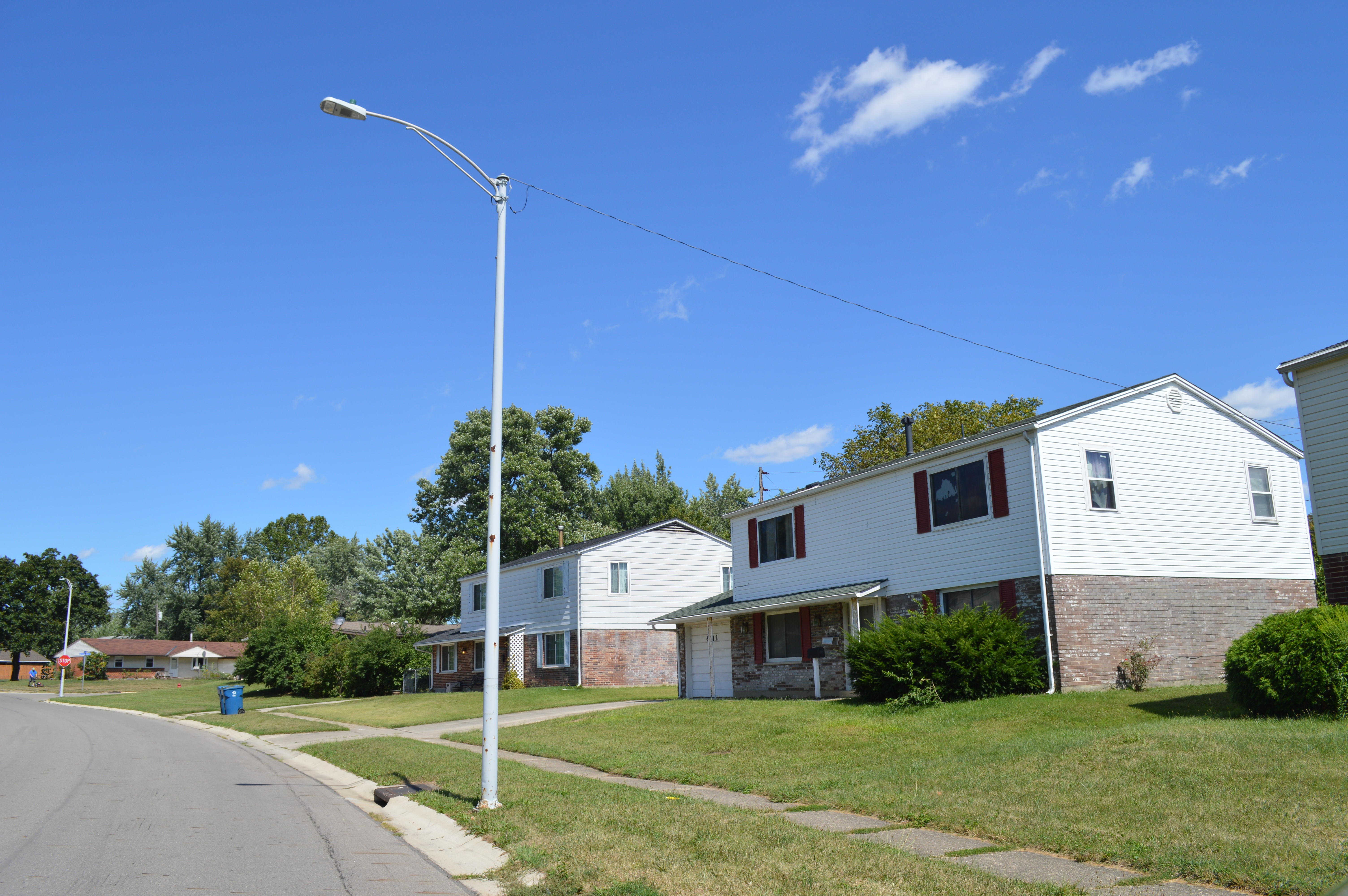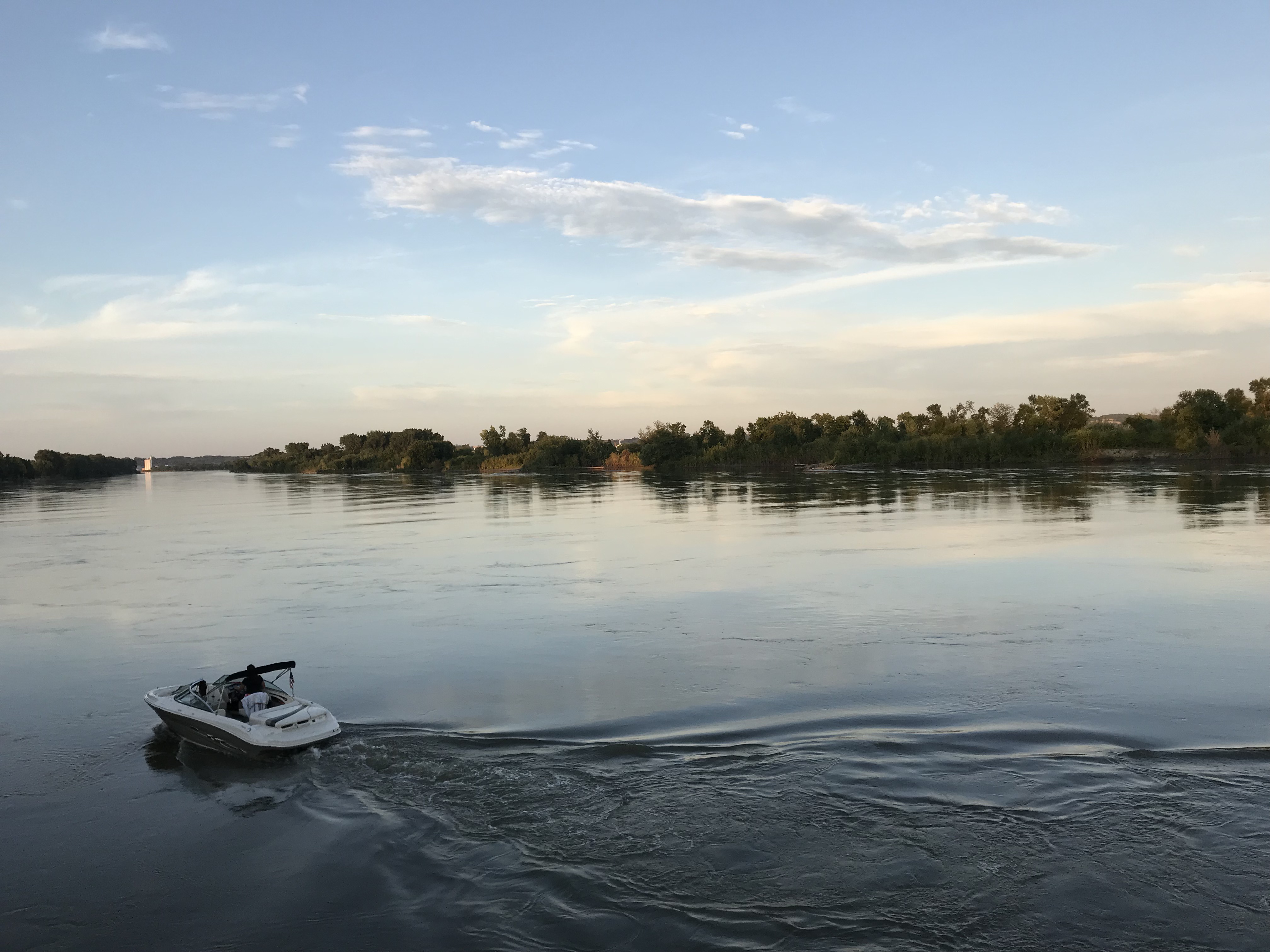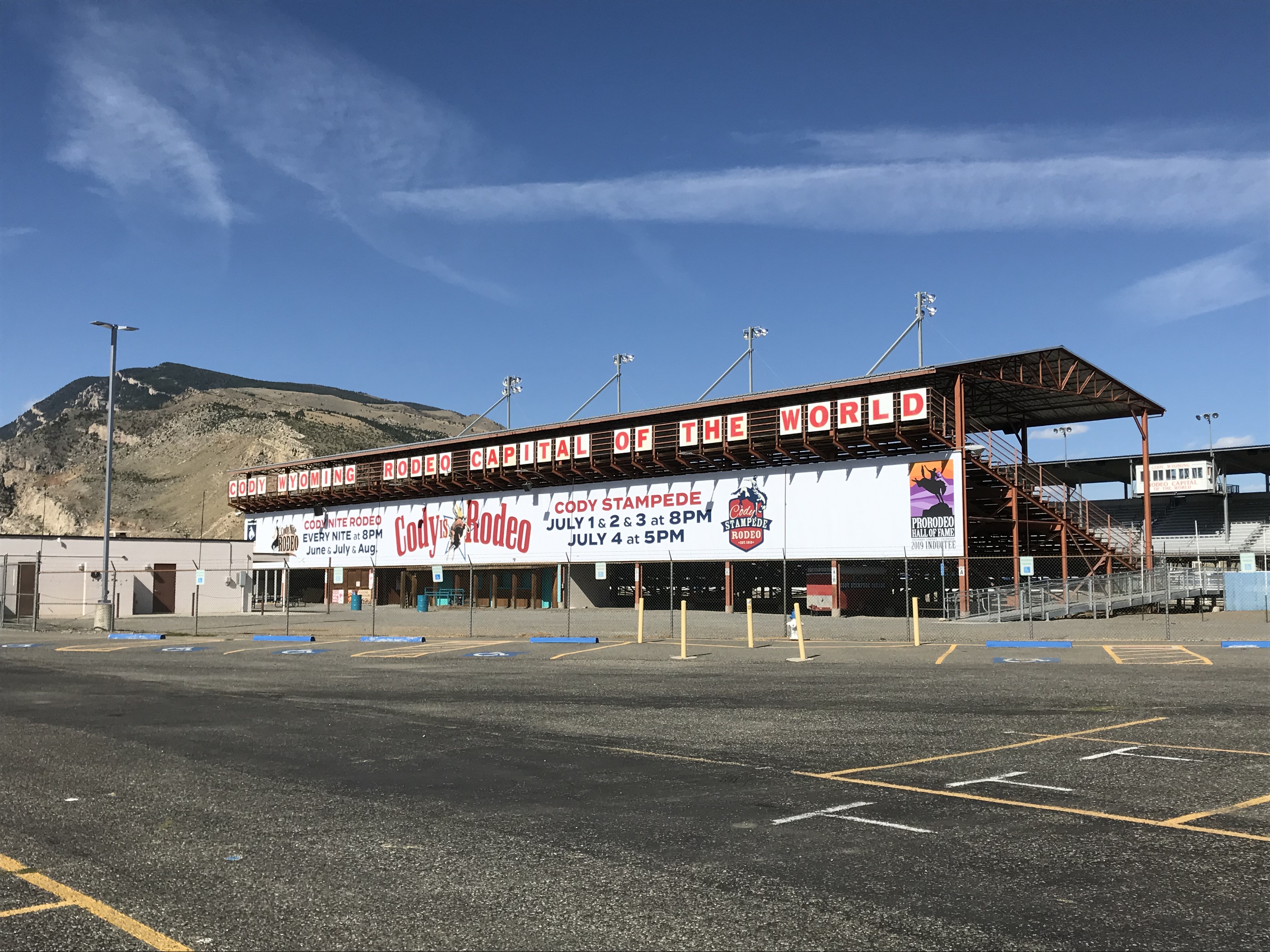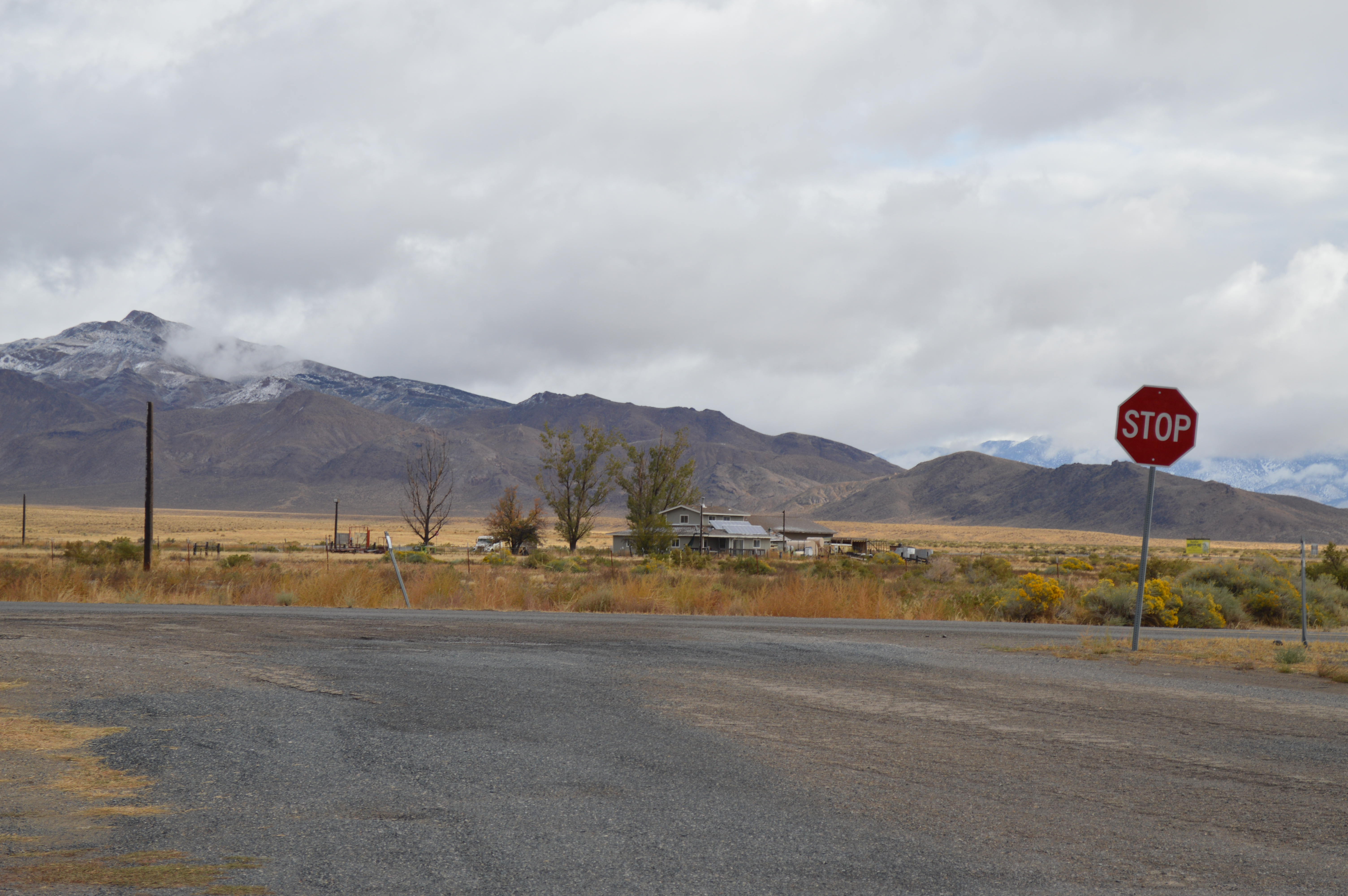Grant County Ranch and Rodeo Museum
John Day, Oregon
July 11, 2019
From ropes and saddles to rodeo champions and queens, past and present, the museum features a vast collection of lifestyle artifacts and photographs donated by local ranch families We were provided a private tour and unique insight by Tobe, a local rancher, retired bull rider and blacksmith specializing in prosthetic shoes for injured horses.
John Day is a city located about 2 miles (3.2 km) north of Canyon City in Grant County, Oregon at the intersection of U.S. 395 and 26. John Day is surrounded by the Strawberry Mountains to the south and the Blue Mountains to the east. Grant County Oregon has been treasured in the heart of pioneers for over 150 years. Surviving the collapse of gold mining in the late 1800’s, John Day re-emerged as a proud community of ranch families invested in the heritage of horse culture and as caretakers of the land.
